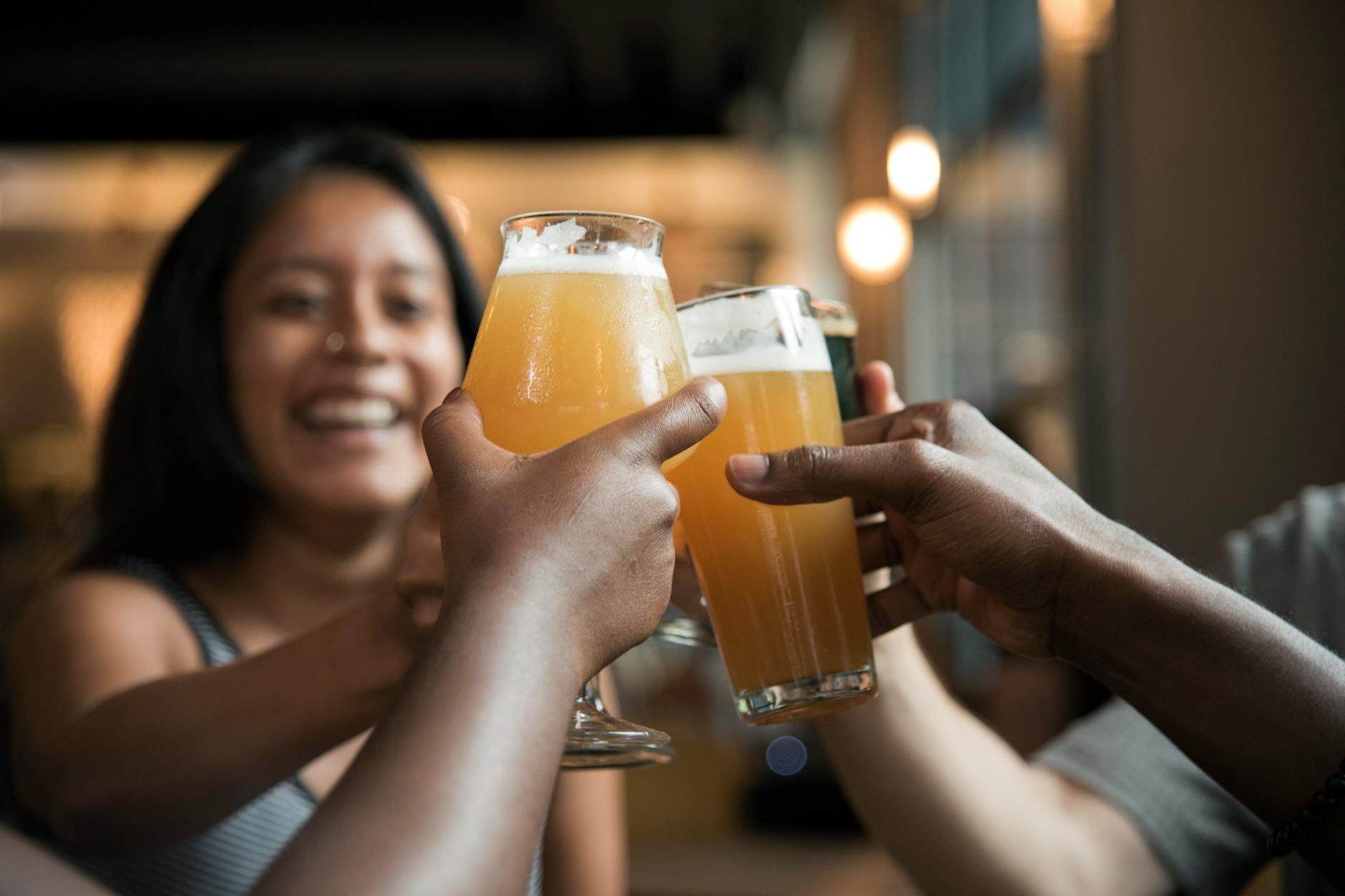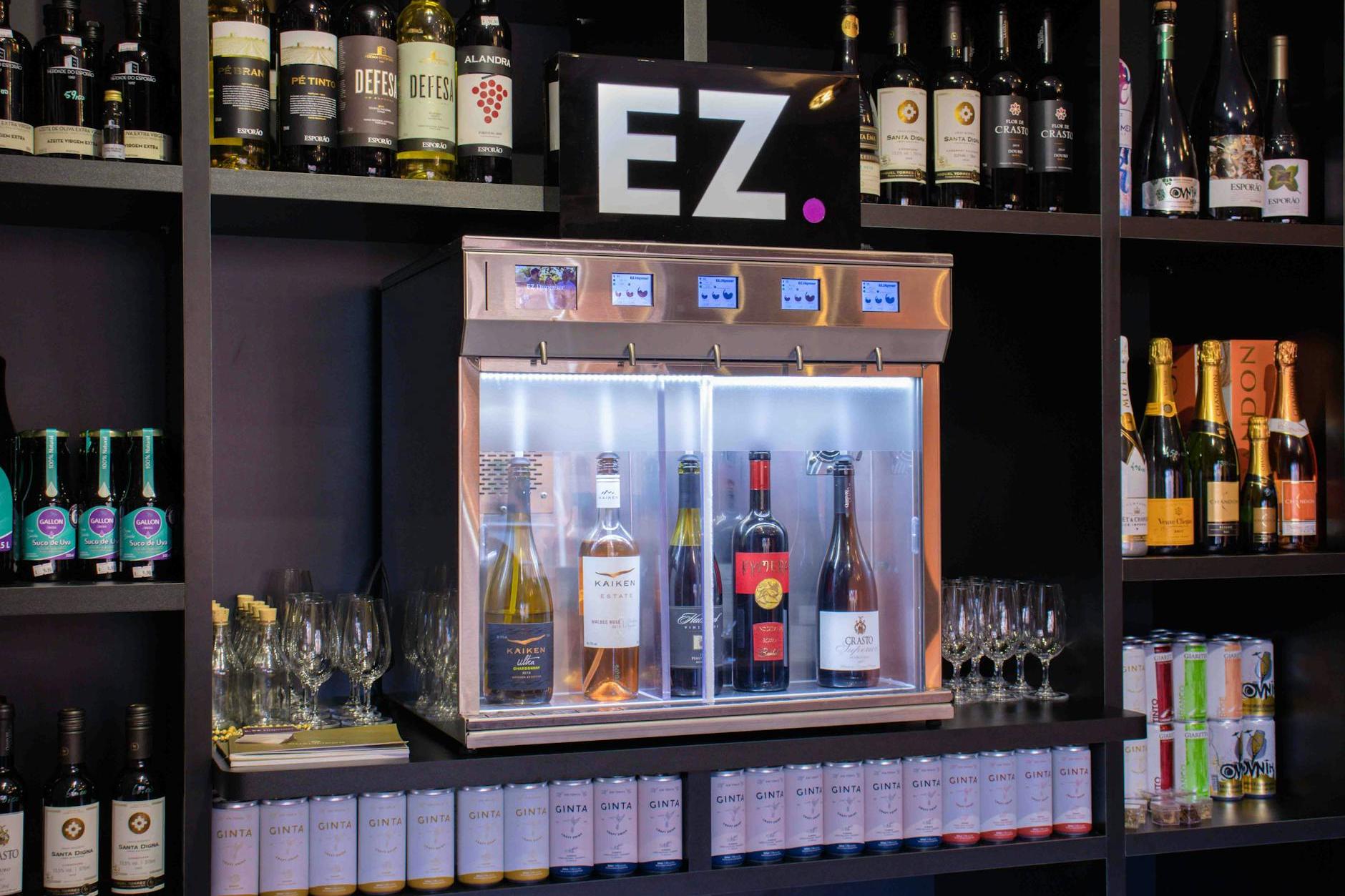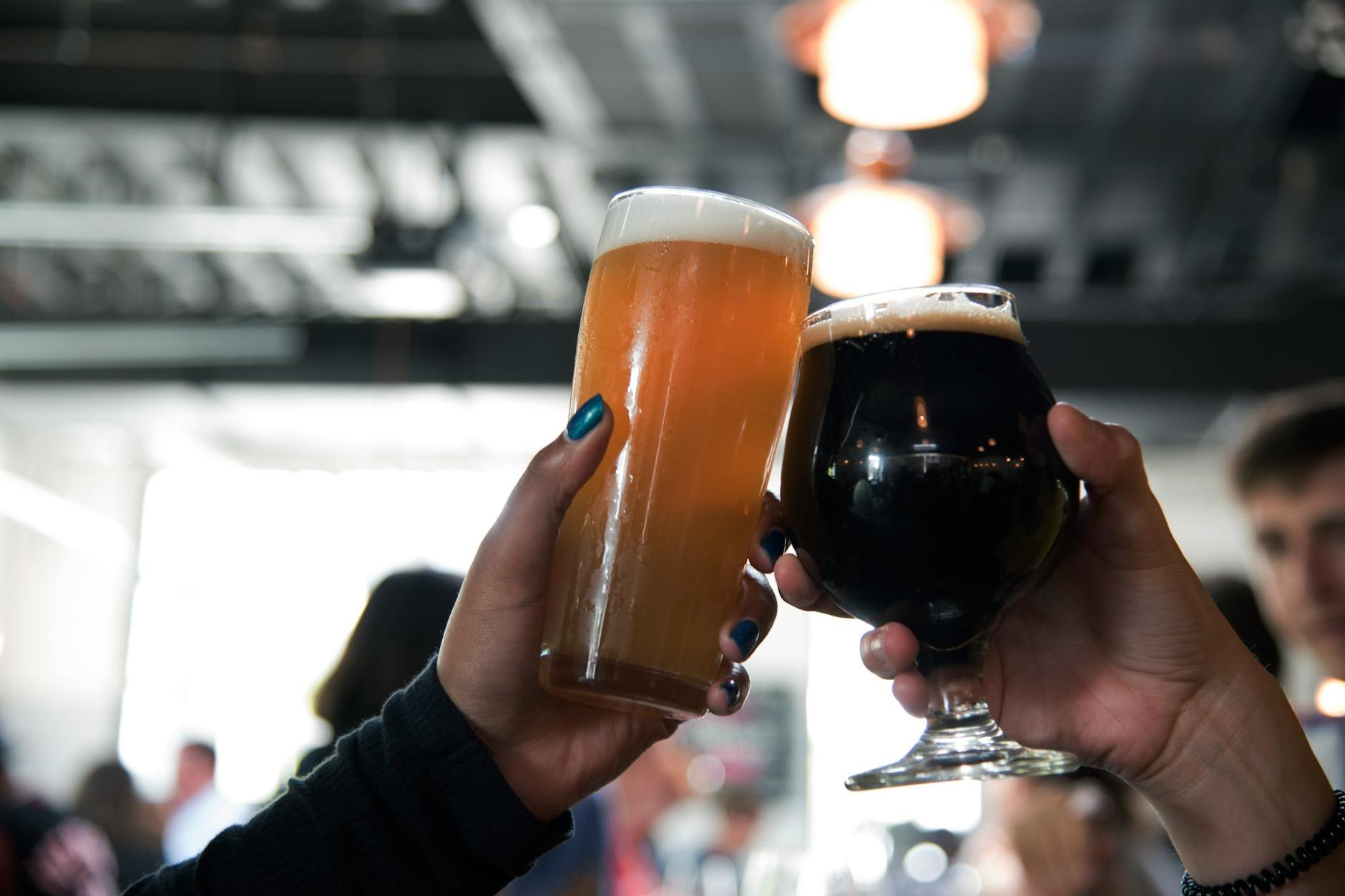- Shanghai Zhongshen International Trade Co., Ltd. - Two decades of trade agency expertise.
- Service Hotline: 139 1787 2118

The "Golden Three Questions" of beer importation
When I held the Chinese agency rights for Belgian Trappist beer, my German partner once asked, "Are you sure it can smoothly clear Chinese customs?" This question made me realize that importing beer is not just a business choice, but also a test of customs clearance capabilities. With 20 years of experience, I have witnessed containers worth millions being returned due to incorrect alcohol labeling and handled claims for entire batches caused by packaging damage. These experiences taught me that choosing to be an imported beer agent requires solving three core issues:
- Is the chain of qualification certifications complete?From the manufacturer's HACCP certification to the food business license in the importing country.
- Is the logistics solution compatible?The transportation difference between fragile glass bottles and aluminum cans can result in a loss rate of up to 30%.
- Is the tariff calculation accurate?The composite tax rate for American beer may include specific tax + ad valorem tax + anti-dumping duty.
Four Practical Strategies for Customs Clearance Optimization
In 2023, the German dark beer we represented was detained at the port for not being labeled as "containing caramel color." This case highlights the key compliance points for imported beer:
- Packaging Protection Trio
- Explosion-proof film: Addressing pressure changes inside the bottle caused by temperature differences
- Seismic isolation plate: reducesMaritime TransportationDamage caused by bumping
- Humidity Indicator Card: Monitors the entire transportation environment.
- The Four Key Elements of Label Compliance
- Country of origin labeling (e.g., "Product of Belgium")
- The alcohol content error does not exceed ±0.5%vol
- Allergen Warning (Contains Wheat/Barley, etc.)
- Specifications for the Position of Chinese Back Label Filing Number
Customs clearance "fingerprint identification" in various markets
| Market Share | Key requirements: | Typical risk points |
|---|---|---|
| Germany | It is recommended to verify through the following methods:Ming + Pure Method Certification | The hop content needs to be accurate to the milligram. |
| Belgium | Monastery Certification Logo Authorization Letter | Usage rights of the Trappist trademark |
| United States | TTB License + FDA Facility Registration | Federal Tax Classification for Craft Beer |
| Japan | Liquor Business License + List of Raw Materials | The malt ratio affects the tax rate classification. |
Pitfall Avoidance Guide: The Complete Process from Product Selection to Customs Clearance
Last year, while assisting a client with importing Japanese craft beer, we discovered that its malt concentration just crossed the 7% tax rate threshold. By adjusting the fermentation process to keep the concentration at 6.9%, we helped the client save 12% in overall taxes. This case illustrates:
- Product selection stageIt is necessary to consider the tariff classification in the destination country.
- Production processParameter fine-tuning may alter the HS code.
- Declaration linkThe ingredient description must be completely consistent with the test report.
Practical Analysis of Frequently Asked Questions
Q: Is commodity inspection mandatory for beer imports?
According to China's current regulations, beer is a commodity subject to statutory inspection. It is particularly important to note that starting from 2025, additionalRapid Microbiological TestingRequirements: The port inspection time may be extended by 2-3 working days.
Q: How does transportation temperature affect customs clearance?
We once encountered a case where Belgian white beer exceeded the active yeast limit due to excessively high temperatures during sea transportation. Recommendation:
- Temperature control throughout the process is maintained at 5-15°C (specific range depends on beer type).
- Each container is equipped with at least 2 temperature recorders.
- Quality verification shall be conducted immediately upon arrival.
Related Recommendations
? 2025. All Rights Reserved. Shanghai ICP No. 2023007705-2  PSB Record: Shanghai No.31011502009912
PSB Record: Shanghai No.31011502009912










